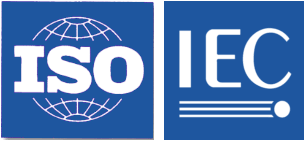Information technology - Metadata Registries Interoperability and Bindings (MDR-IB) - Part 3: API bindings
The ISO/IEC 20944 series of International Standards provides the bindings and their interoperability for metadata registries, such as those specified in the ISO/IEC 11179 series of International Standards. ISO/IEC 20944-3:2013 contains provisions that are common to application programming interface (API) bindings and the API bindings themselves. The API bindings have commonality in their conceptualization of the services provided. Common features include:
using a session paradigm to access data;
using a parameterized security framework to support a variety of security techniques;
using a hierarchical navigation for data access.
Bindings for C, Java, and ECMAscript programming languages are provided.
